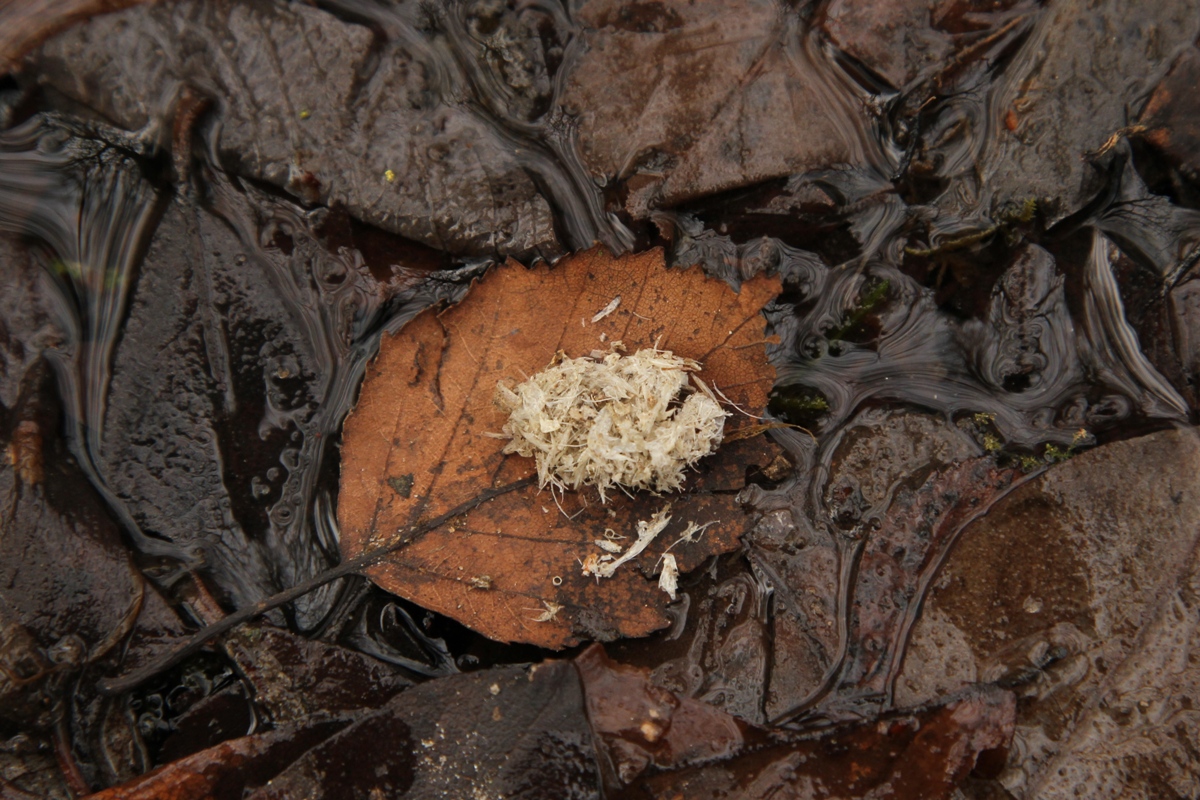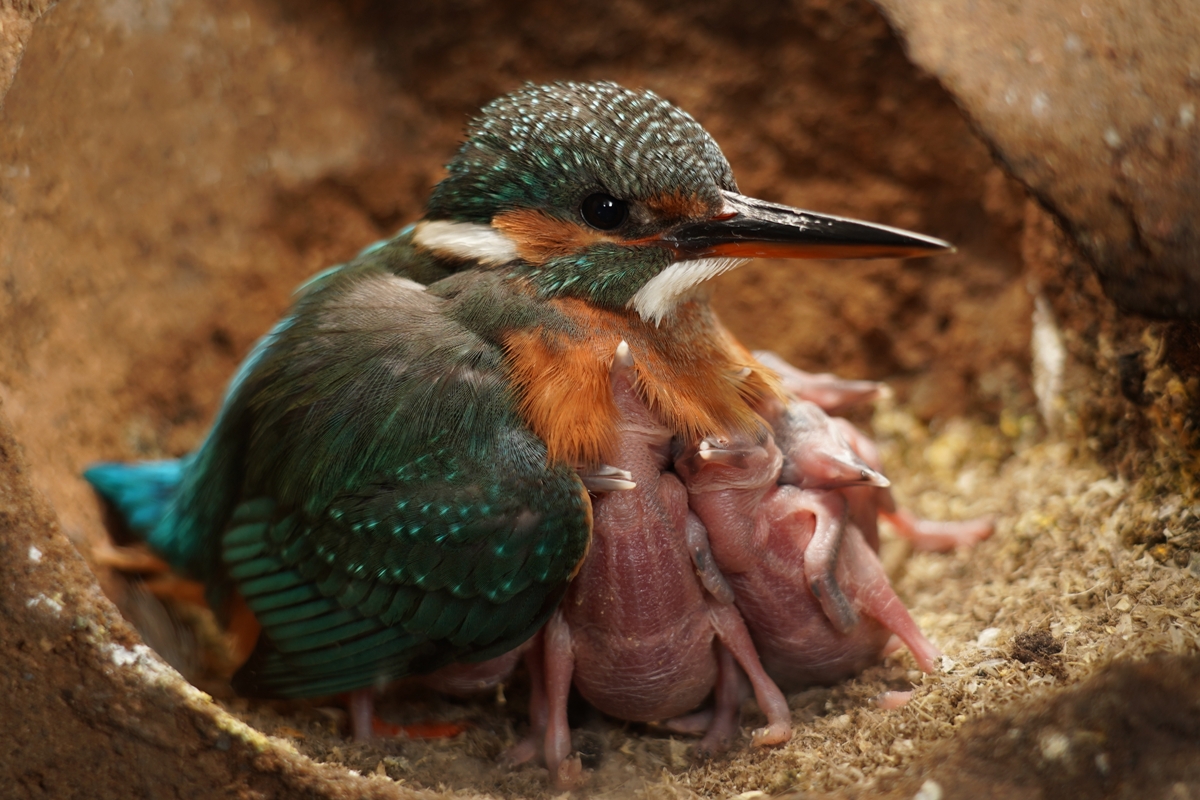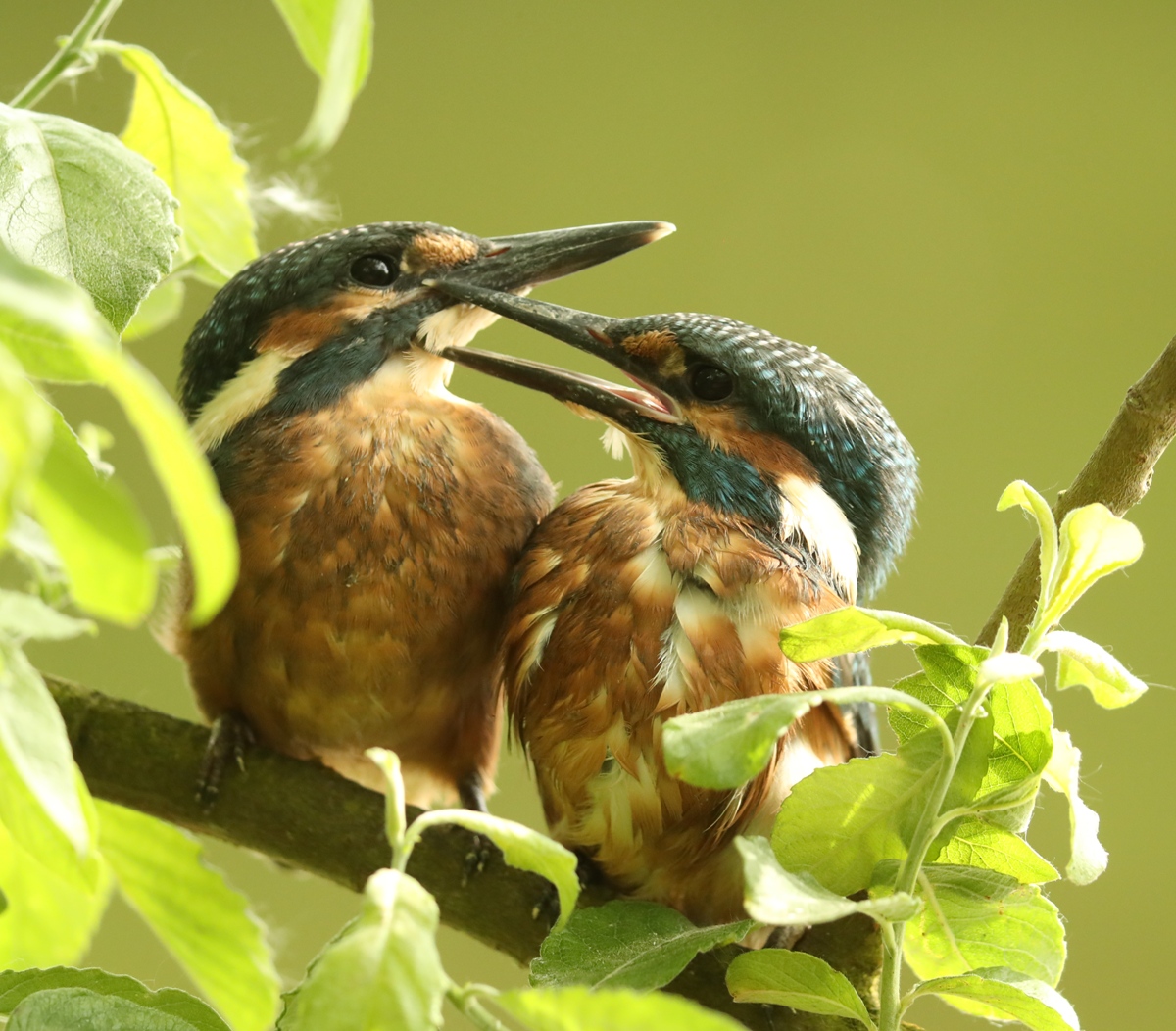AS SEEN IN





Home » When kingfishers disappear underground | kingfisher art study
It’s mid-January and I’m wading thigh-high through a stream looking for kingfishers. Minnows dart before each footstep. I hear a faint high-pitched peeping sound ahead and slow my pace. A flash of orange and cobalt blue whizzes by. As an artist, I find the vivid pallet of kingfishers irresistible and I have often painted them. Over the years I’ve learned a lot about their behaviour, but I’ve always longed to discover what happens when these bright birds disappear underground to bring up their young in the dark.

I follow the sound looking for a steep bank where this kingfisher might make its nest. But I find nowhere suitable and so head instead to some flooded gravel pits nearby owned by a friend. She tells me the bank where kingfishers regularly nest has collapsed and so I offer to restore it in exchange for setting up a hide to photograph them.
And so begins an ambitious project to turn a shed into an artificial river bank. I partition the space into three to accommodate an artificial kingfisher nesting chamber, a CCTV camera system, and room for me to sit and watch the action.
Click here to read more about constructing the hide & artificial nest
I coat the shed in a mix of cement, earth and tree roots to make it look as natural as possible and, with the help of two friends, place it in situ over four freezing cold February days.


On the final day, as night draws in, I glimpse a silhouetted form skimming over the water. It lands briefly next to the bank then flies off; I’m almost certain it’s a kingfisher. And sure enough, when I return a few weeks later I discover the tunnel has worn smooth. White droppings are splattered like paint across the nest chamber and on the soil floor lays a peanut-sized cream pellet. Crumbling it between my fingertips I reveal fine fish bones and tiny translucent scales, evidence that kingfishers are using this nest. Silently, joyfully, I punch the air!


Photographing kingfishers on the nest is a delicate operation; one false move and they can bolt. To avoid disturbance I set my CCTV cameras rolling and leave the site for several weeks; only visiting after dark to furtively scan through the footage of the early stages of nesting. Mostly I see the female coughing up then carefully shredding pellets over the nest floor. Over time she is able to fashion a scape in it. I don’t capture any footage of the pair together, but this doesn’t surprise me.
Kingfishers are essentially solitary birds and have to overcome a natural aversion to one another in order to breed. I observe an awkward undertone to their courtship which starts with the pair chasing each other. Each time, their noisy and frantic game ends near my artificial bank, which I take as a good sign. Next, the male puts on a spectacular aerial display above the bank. He flies high in the sky, lapping the lakes below in ascending circles and peeping excitedly. Then, quite suddenly, he turns and plummets towards the female. She rocks her head back and responds with a crescendo of high-pitched staccato peeps. He whizzes past, flying so close the feathers on her head flatten in the slipstream. She loses her balance and flutters her wings to regain her poise. The male, clearly out of breath, lands near the nest entrance, then disappears inside peeping.


We are separated by just 18mm of plywood. I hear him scurry up the tunnel, croak inside the nest chamber, then fly back out, peeping. Encouraged, she ventures in to take a look. The next time I see this pair they are sitting, side by side three feet apart on a sweeping willow branch. The female shuffles towards the male, but he shuffles away, preferring to maintain an equal distance. Their bright orange feet look comical as they side-step quickly in tandem. Eventually, the male is cornered by a protruding twig and the female shuffles closer. Abruptly she launches at him with her beak open. She demands a gift of a fish, which is the usual conclusion of this species’ courtship. But, this was too much too soon and the male promptly flies off.

The female begs the male to give her gift of a fish

Later that day, I listen to them calling each other across the water. The sound of their whistling ‘peep’ pinging back and forth is sweetly hypnotic. The male flies down to catch a fish. The female fluffs up her feathers to impress him, and then flirts with a begging ‘chi-chi-chi’ call. He lands and offers her his catch headfirst. She accepts this gift with quivering wings. As she gulps it down he stands bolt upright, his tail fanned and his sharp beak pointing skywards in a posture similar to his aggressive stance.


Known as the ‘fish pass,’ this marks a monumental stage in their relationship when their bond is cemented. Nevertheless, it takes several days and several more fish passes before he hovers over her and eventually lowers to mate. I notice that he crudely grasps the feathers above her eye with his beak in order to keep balance. Afterwards he catches another fish. She shuffles over, wings trembling and voice begging. But he gobbles the fish down whole. Feeling a pang on her behalf at this post coital snub, I am amused when she pushes him off the branch with her beak.


A few days later, I switch on the monitor linked to cameras inside the nest to find that one beautiful, shiny white egg has been laid. Kingfishers lay every 24 hours and so I settle in my hide well before dawn the next day. There is a rustle as she waddles up the tunnel, feeling her way through the darkness with her beak. She locates her egg with a gentle tap before settling down on it. I hold my breath: if have timed this correctly, she is about to lay her second egg.


Her tail pumps up and down as she labours for an hour. Then, she stands and scuffles out of the nest, croaking. Two eggs now sit side by side in the nest. It is hard to describe my feelings at having been just one metre away from a laying kingfisher. She goes on to lay seven pristine eggs, each as precious as pearls and I sit alongside her for six of them.
Kingfisher eggs usually hatch 20 days after the last egg is laid. The pair switch brooding duties like clockwork. The male peeps outside the entrance, as if ringing the doorbell, she waddles out and he scuttles in. But as hatching day approaches, the female wants to spend more time incubating. In a change from the usual routine, she refuses to fly out when her mate calls to check in. Confused, he enters the tunnel to investigate and she rushes forward, pecking him. Their beaks lock and they twist and turn their heads, as if duelling with swords. The eggs scatter. The female chases him back down the tunnel, slashing at him with her beak. Inside my hide I gasp at the shocking brutality of this encounter.
I notice the female becoming restless on her brood and soon after I see the male enter the chamber with a tiny fish clasped in his beak. He rasps loudly and the female rocks briefly to one side to reveal six eggs and one freshly hatched chick. I soundlessly gasp. The male rasps again to encourage the wobbly chick to feed. The blind pink chick sways fitfully towards the fish. By some magic it manages to align its gaping mouth with minnow and swallows it down whole.
All seven eggs successfully hatch and the adults work tirelessly to provide food for their fast-growing and increasingly mobile young. I enjoy watching the adults’ brooding and smile at the writhing pink chaos of limbs poking out from under their feathers. On occasion, the parent’s short legs lose touch with the floor and they are transported around the nest chamber as if crowd-surfing. Most nights, both adults roost in the nest with their chicks beneath them, their long beaks resting along one another’s backs.



Tragedy strikes when a cold front lasting three long days sweeps in with torrential rain and freezing temperatures. In spite of their best efforts to keep their large brood warm, I’m sad to discover on my next visit that three chicks have perished. The weather improves and I notice the female intent on courting again, in spite of the chicks being just 12 days old. This is quite normal kingfisher behaviour, but the male still takes a bit of convincing. Soon, I spot grains of soil on their beaks; evidence that a new nest is being built elsewhere and then I see them mating. The female becomes largely absent, no doubt tending to her latest clutch of eggs, and her mate is left in sole charge of the young.
The chicks now sport steely silver feather pins, which look spiky but are soft to the touch. Unusually, they won’t become fully feathered until the week before they fledge. I suspect it’s because the nest environment is so messy.



Kingfisher chicks fledge when they are around 27 days old. I arrive at the hide irrepressibly expectant. Inside the nest are three perfectly-formed little kingfishers, one has already flown the nest. The female kingfisher has now been away for nearly 10 days, but as if on cue, she turns up outside the nest and calls with her mate to encourage the chicks to venture out. Inside the youngsters scuttle round restlessly, expecting a meal, but the parents deliberately do not feed them and fly downstream instead.
In the quiet that follows, the chicks realise their parents have gone. One heads down the tunnel and launches out of the bank at rocket speed. It gets airborne just in time, its tail leaving a ripple as it skims the surface of the water. A second chick fledges minutes later and then the final chick panics, realising it is home alone. It rushes around, bumping into the sides of the dark nesting chamber as it tries to find the exit.


It crash lands into the stream, rebounding off the surface before settling onto a thin reed, which bends at its weight. The chick is catapulted back into the water and has to flap, bedraggled, to the edge. I’m surprised to see another fledgling already trying to fish. It plunges into the water and returns with a pussy willow flower. Realising it’s inedible; it drops the flower and dives again, this time retrieving a small twig. The male flies in with a fish in his beak. He hovers above the chicks peeping and they follow him hungrily into some trees a few hundred metres away. I have proudly watched these youngsters grow from tiny hatchlings. Here they are, on their first day out of the nest, mastering the skills they will need when the parent’s leave them to fend for themselves in just a few days’ time.

Watch the footage here:
Sign up to my newsletter for updates on news, wildlife sightings, products and more directly to your inbox
AS SEEN IN





THE ROBERT FULLER GALLERY
FOTHERDALE FARM
THIXENDALE, MALTON
YO17 9LS
UNITED KINGDOM
TEL: +44 (0) 1759 368355
EMAIL: mail@robertefuller.com
15 Responses
I can’t say how much I love watching your experiences with wild life and your paintings . I really would like to find time to visit . The recent “ Kingfisher” article was amazing thanks so much
Amazing you have amazing talent I will visit one day Thank you so much for all the posts on Facebook
A fantastic sequence of pictures. I can’t believe that anyone could have done anything like it before. Congratulations.
Thank you
Hi Robert! I kust learned out you on “The Dodo – Instagram”. I saw the nesting site youve made. How wonderful. What a success! Ive seen the population of the kindfisher and other beautiful birds decline in Nicaragua, where Im from. We call these Kingfishers, “Guardabarranco” (keepers of the banks). I would love to replicate your creation in my farm, but i have a few questions. My goal is to make a sanctuary for local animals. Please. Let me know if you can advise.
Yes, if you contact me on my email mail@robertefuller.com it would be easier to respond
I think you’re an amazing guy, thanks for what you do!!
Thank you